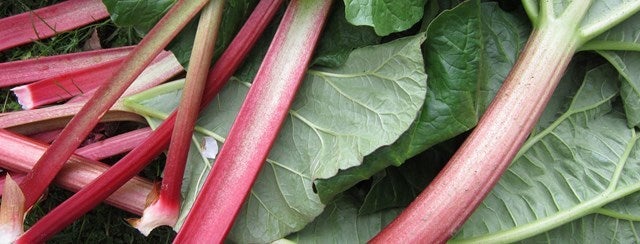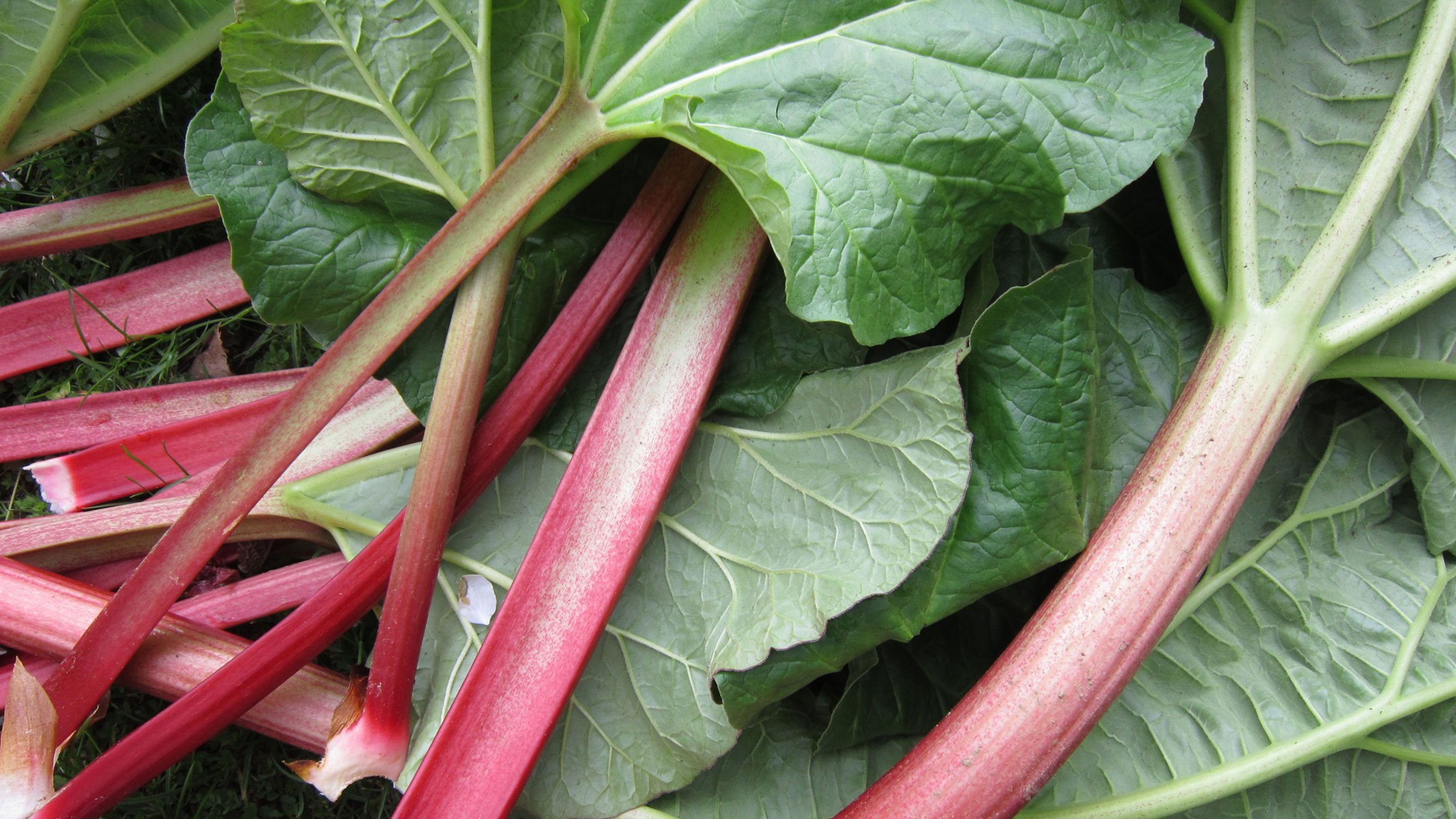Grow Your Own Ingredients - Rhubarb
PrepMy first experience of rhubarb was when I was a child and came in the form of rhubarb crumble, warm, straight from the oven and served alongside my nans homemade vanilla custard, with milk from the cows, eggs from the chickens and rhubarb grown straight outside her kitchen window. Now I am a thirty-something living in a suburban housing estate, I don’t have the luxury of a wealth of crops and livestock directly outside my back door but with the carefree nature of rhubarb it’s easy to still have some home grown goodness when baking a trip down memory lane.
Now Rhubarb season is upon us, what would be better than making your tasty creations using Rhubarb picked fresh from your own garden? Here is our handy guide to tell you all you need to know.
Very few crops are as easy to grow as rhubarb. Plants almost seem to take care of themselves, hiding away in garden corners producing a crop year after year. With how easy it is, it really is a plant that all kitchen gardeners should clear a space in their garden for.
Rhubarb is a long stalky Plant that varies from light pink to dark red in colour. Hard wearing and unfussy, it will perform best in well-drained, fertile soil and preferably in full sunlight. A young plant can be planted at any time of the year but for best results early spring and autumn are the best times, whilst roots are still dormant and before the plants begin to grow and leaf out.
For the first year only harvest lightly, to allow the plant to establish properly. After the first year, stalks can be harvested from April till July. When harvesting always leave half a dozen stalks intact so as to not weaken the plant. To harvest, hold stalk at base and pull whilst slightly twisting. Most recipes then call for the cleaned stems to be cut into bite-sized pieces. Freshly harvested rhubarb can be stored unwashed, in the refrigerator, for up to one week. Try our tasty Rhubarb & Raspberry Crumble recipe.

On no account eat the leaves. Only the stalks are edible; the leaves are toxic.
Although Rhubarb is a vegetable, when cooking with it, it must be treated like a fruit and stalks sweetened before eaten due to the naturally sharp flavour.
The classic way to cook rhubarb is by gently stewing it in sweetened liquid for 8 to 10 minutes, or until the rhubarb is soft and cooked, but still holds its shape. Fancy a slice of our Rhubarb & Ginger Bakewell Tart?
Vanilla is the classic accompaniment, usually in the form of custard or ice cream but spices such as cinnamon and ginger work well too. The tart tangy nature of the rhubarb flavor needs a sweetness to balance it out, but if you don’t want to consume too much added sugar then honey, maple syrup or orange juice could also be ideal alternatives. It also pairs well with sweet fruits such as Apples, Lemons, Mangos, Pears and Strawberries.
This rhubarb fool is so simple and tastes yummy but most classic bakes such as crumbles, pies, tarts and cakes can all be adapted to feature this in season ingredient.
What’s your favourite?
